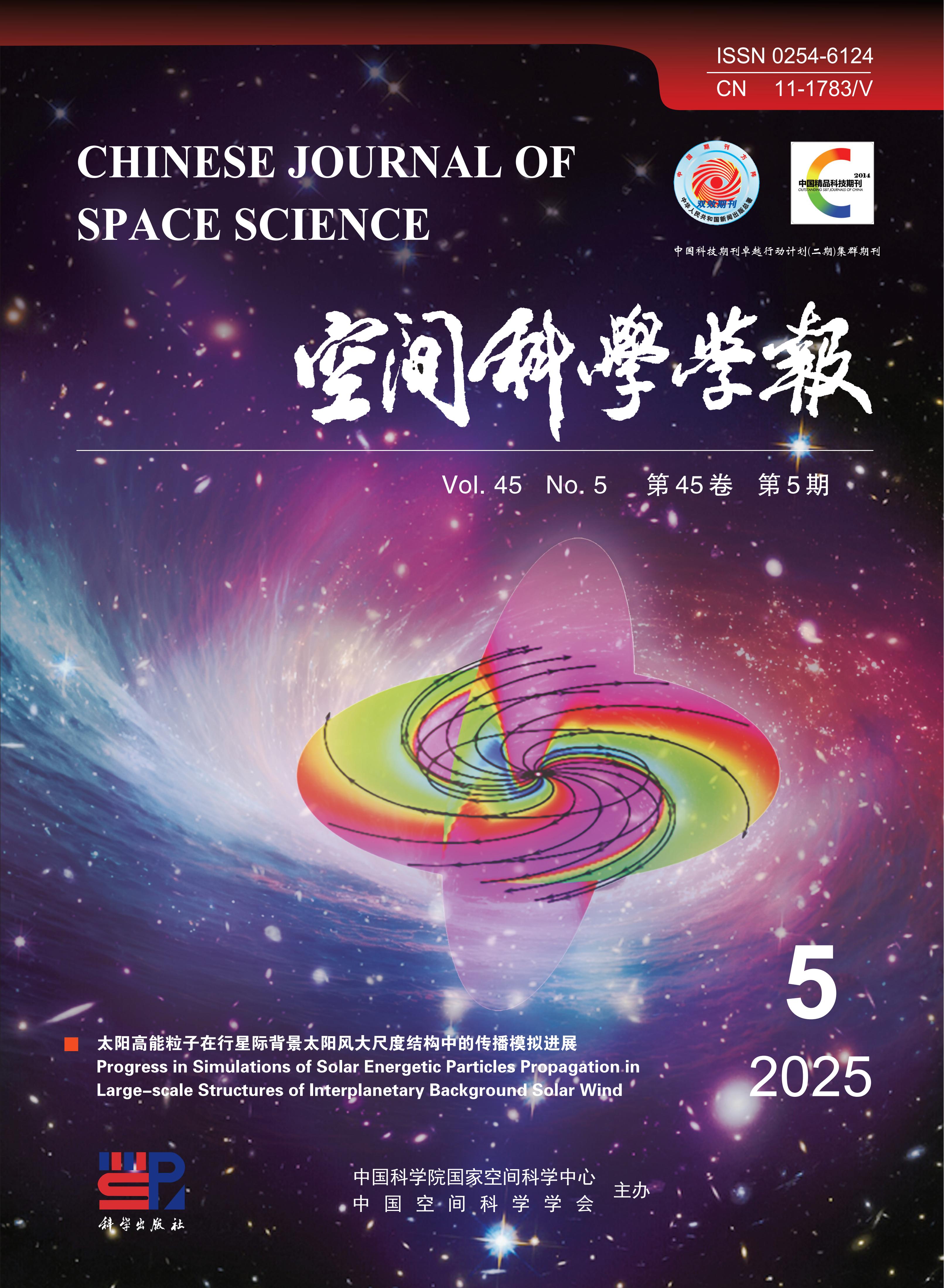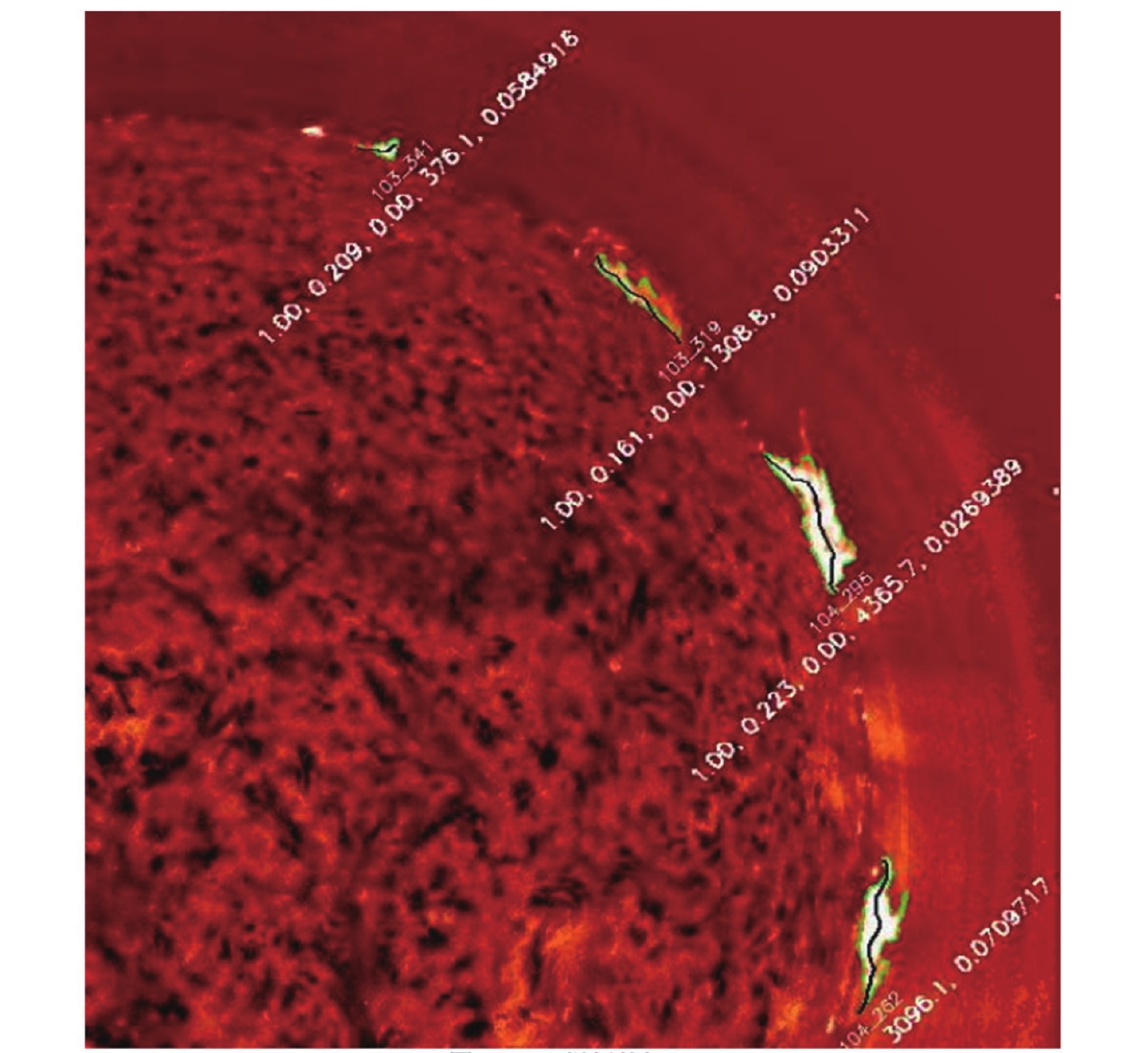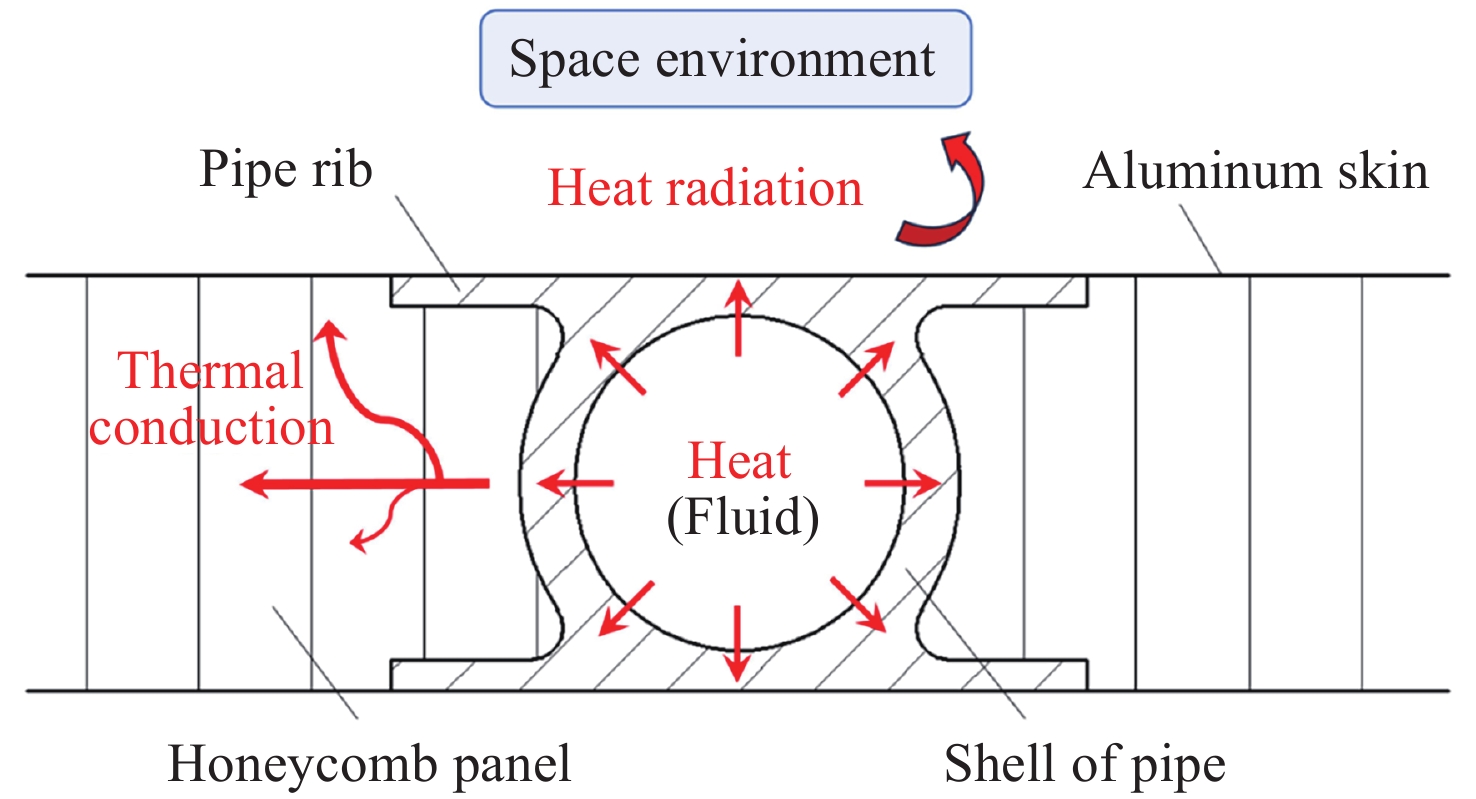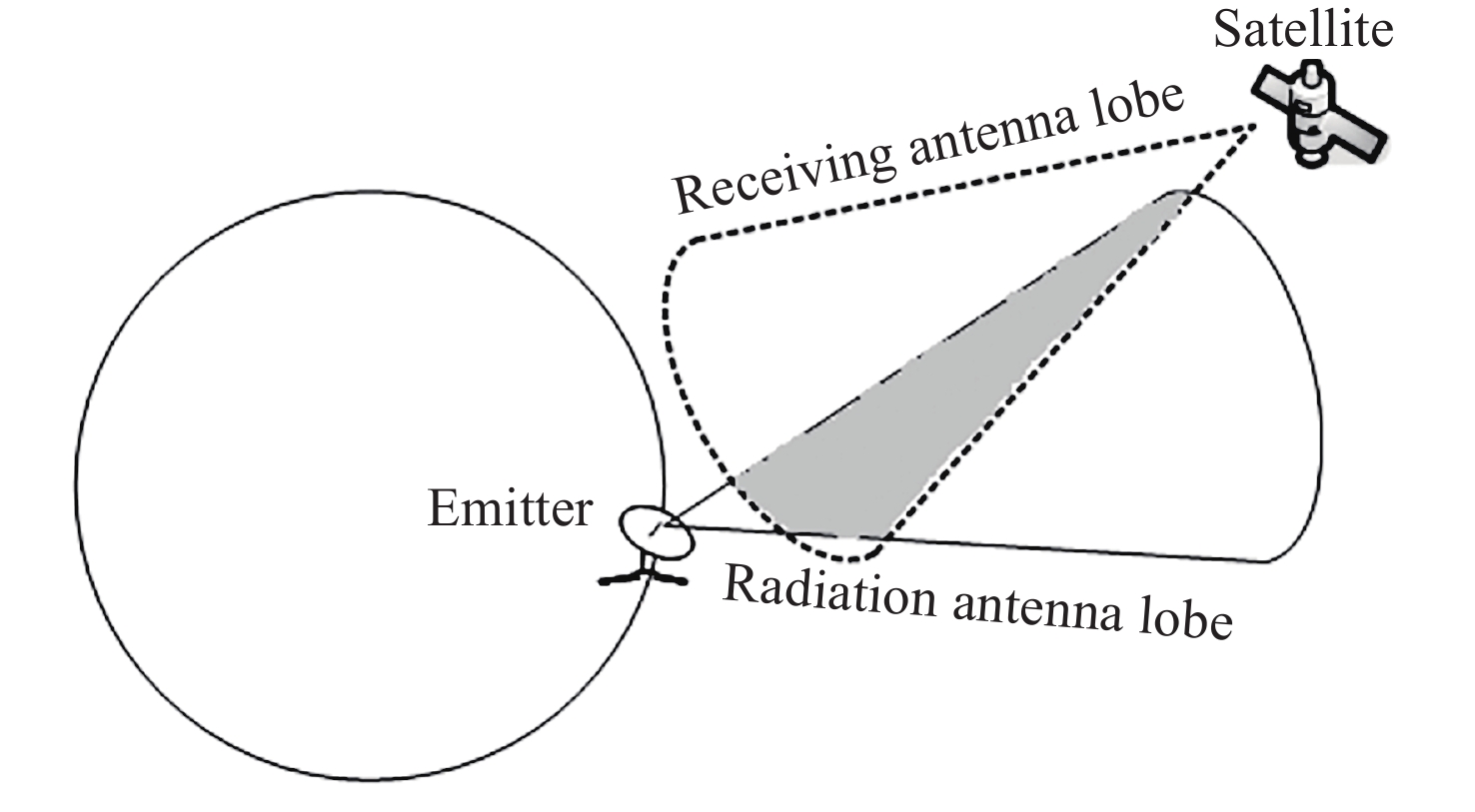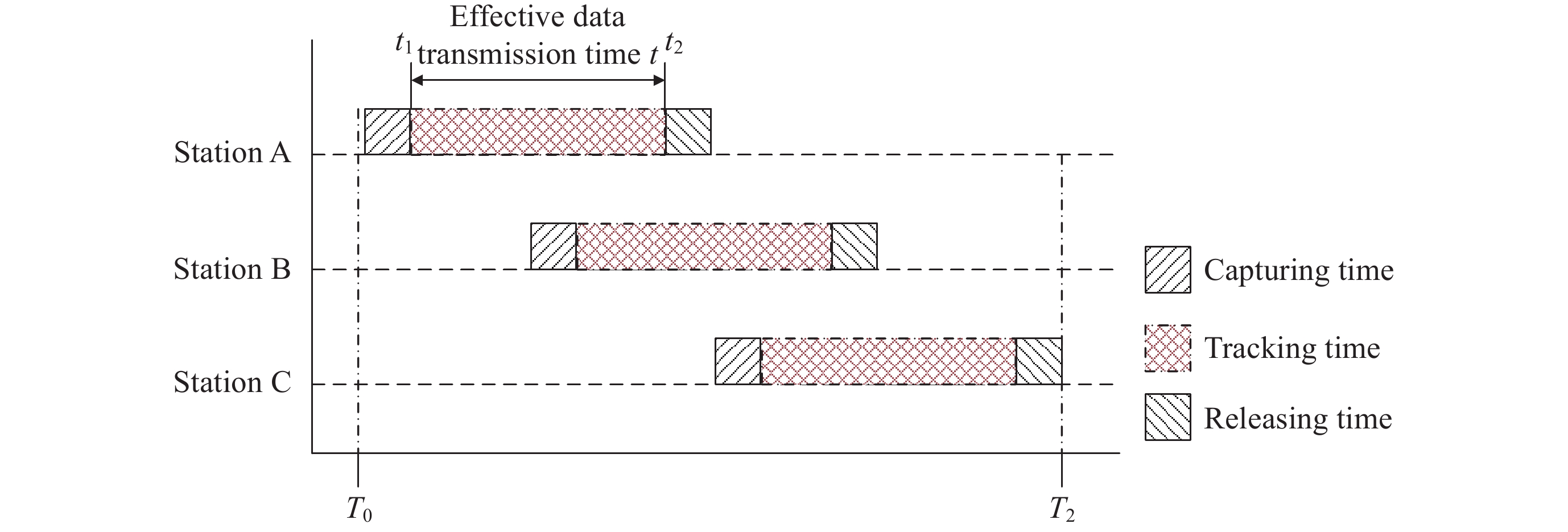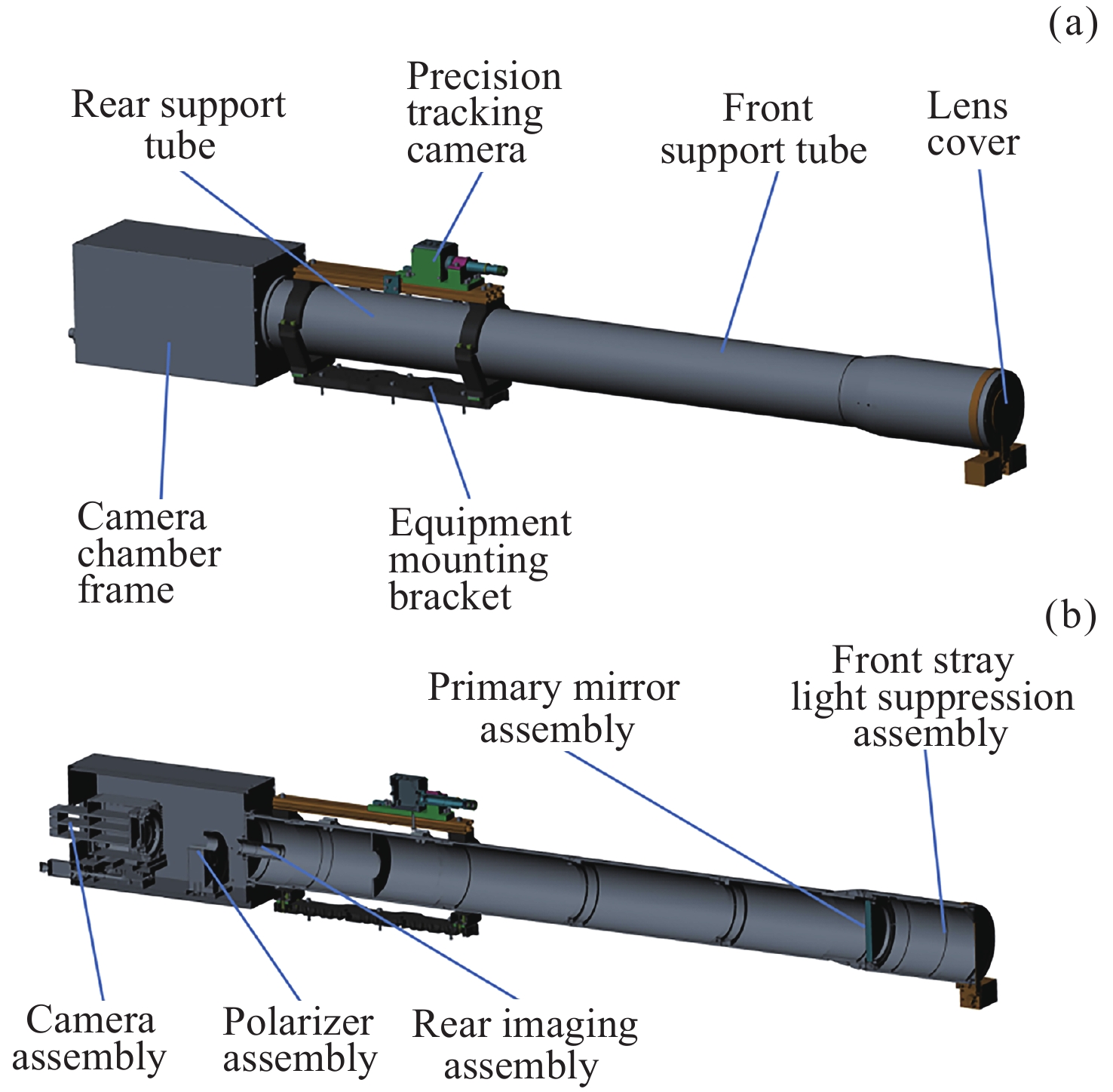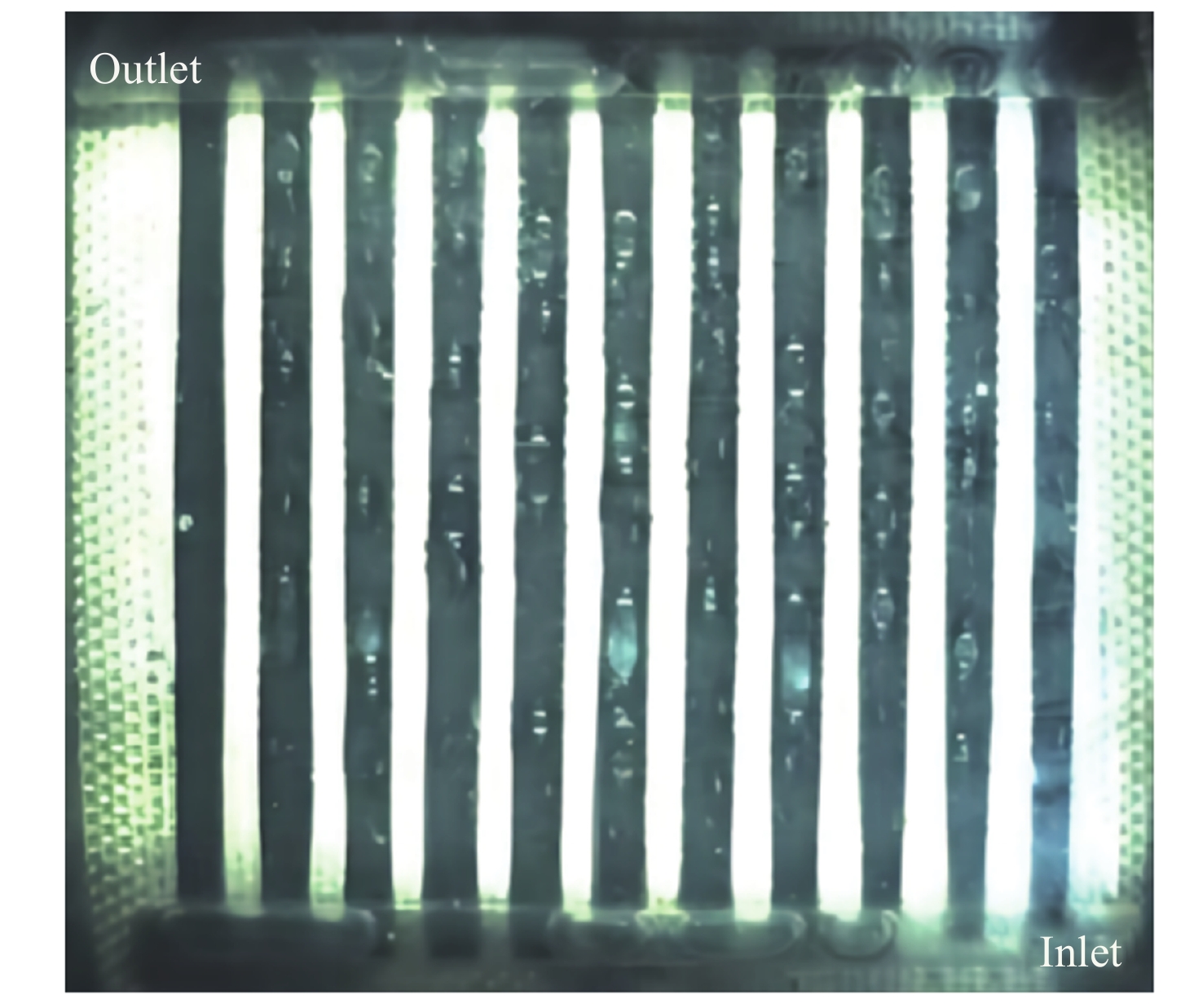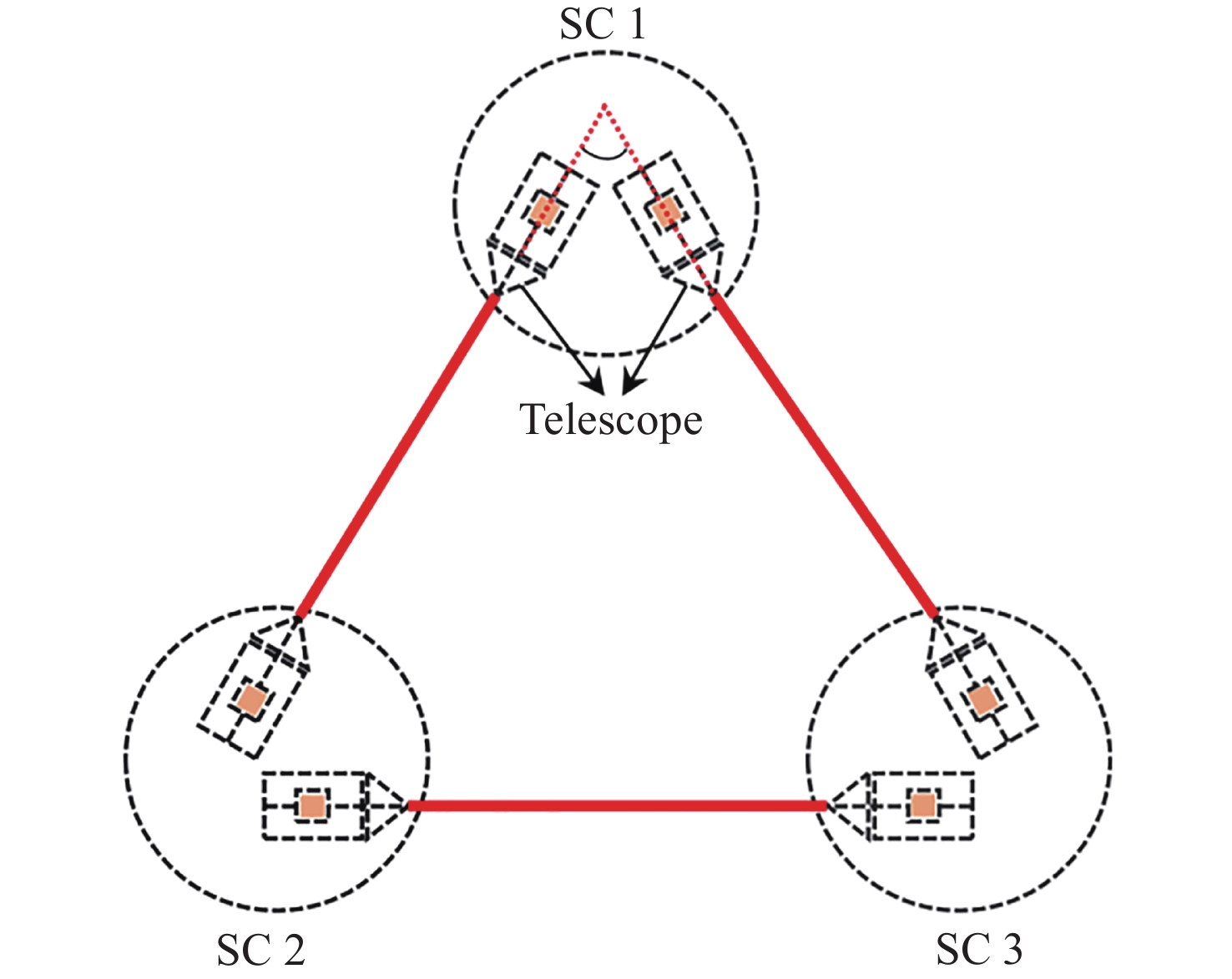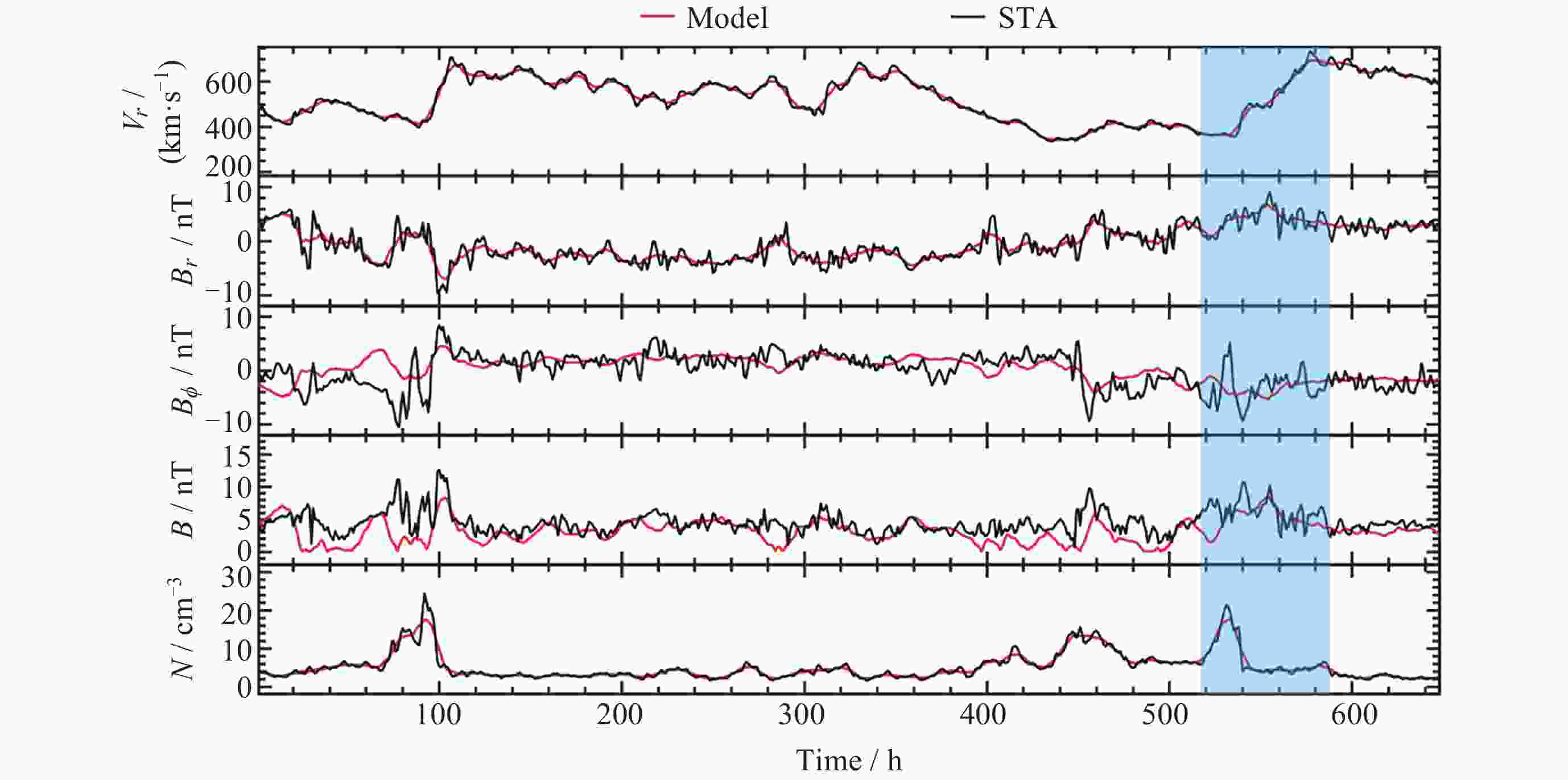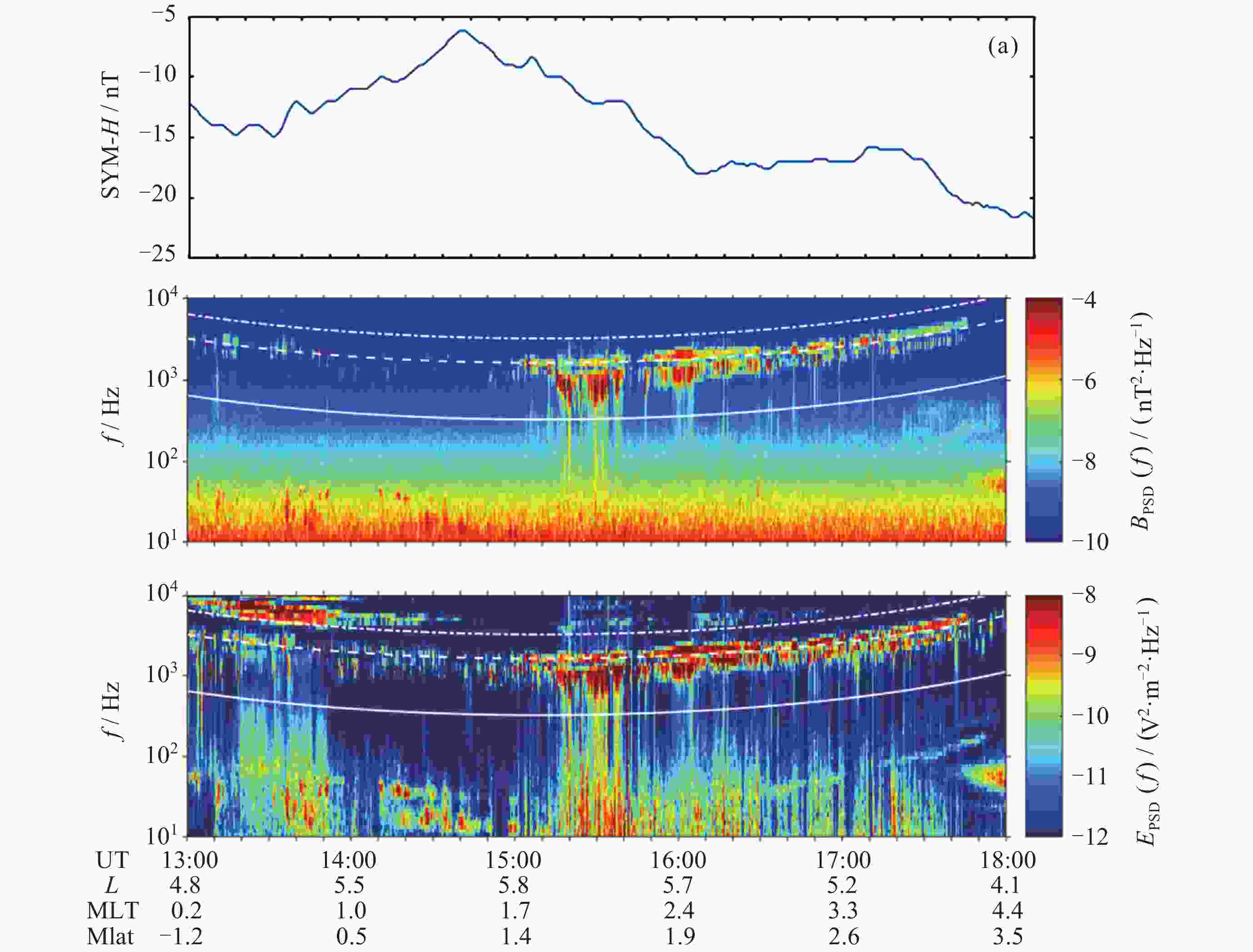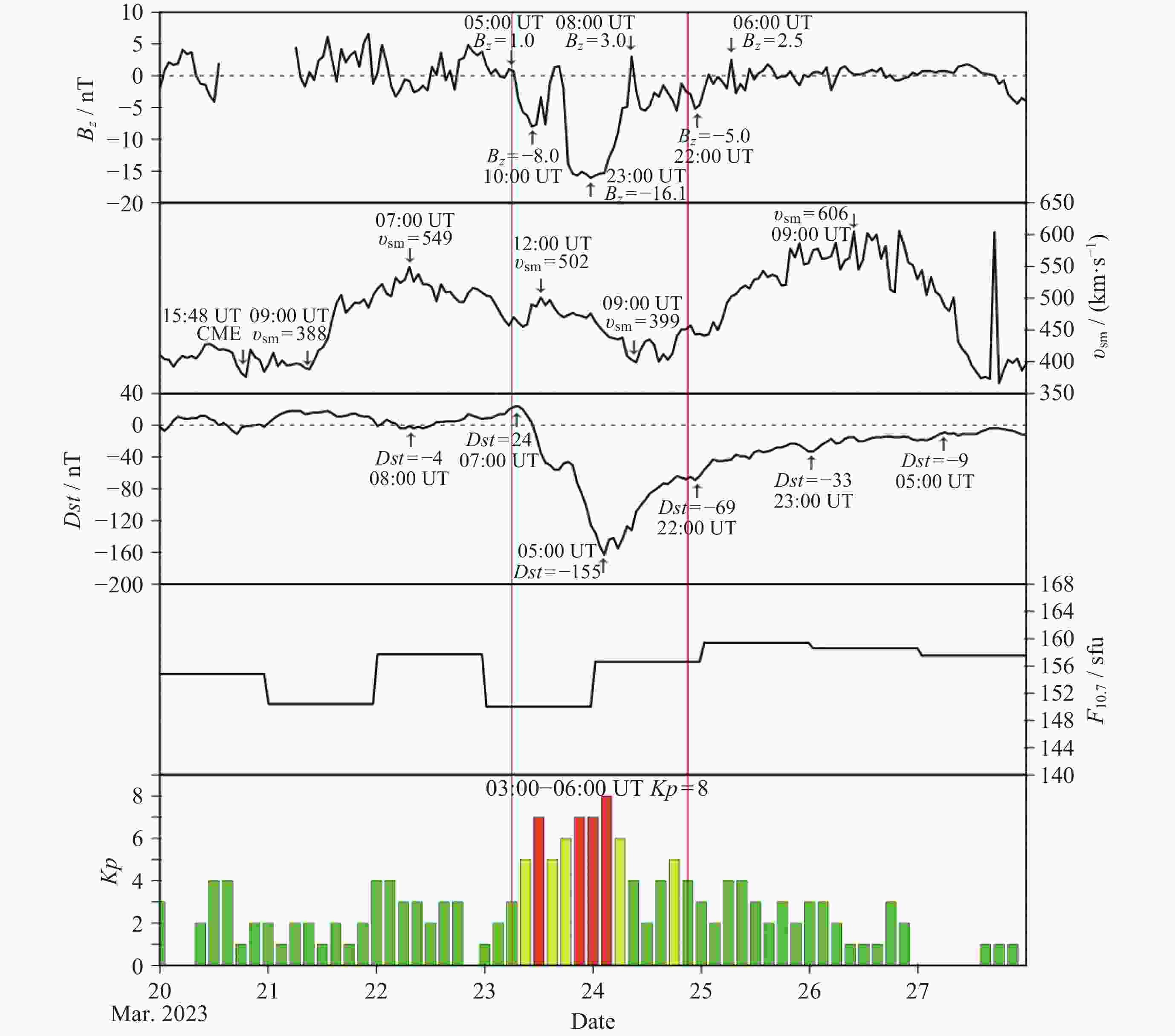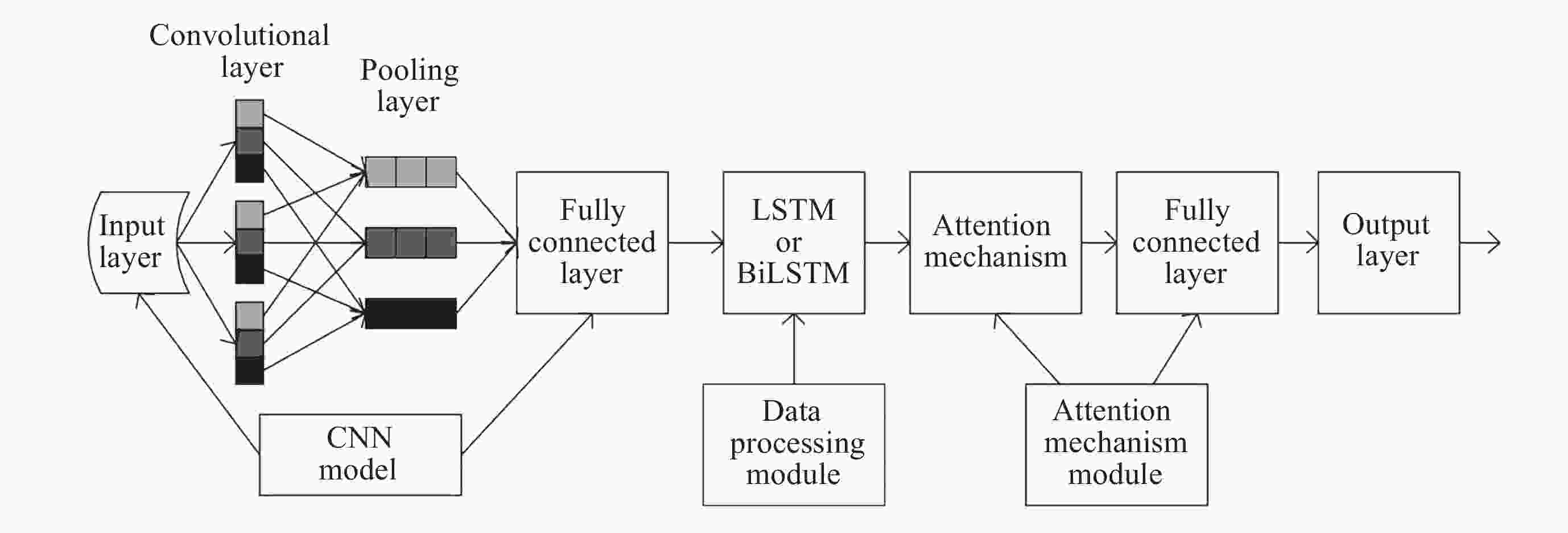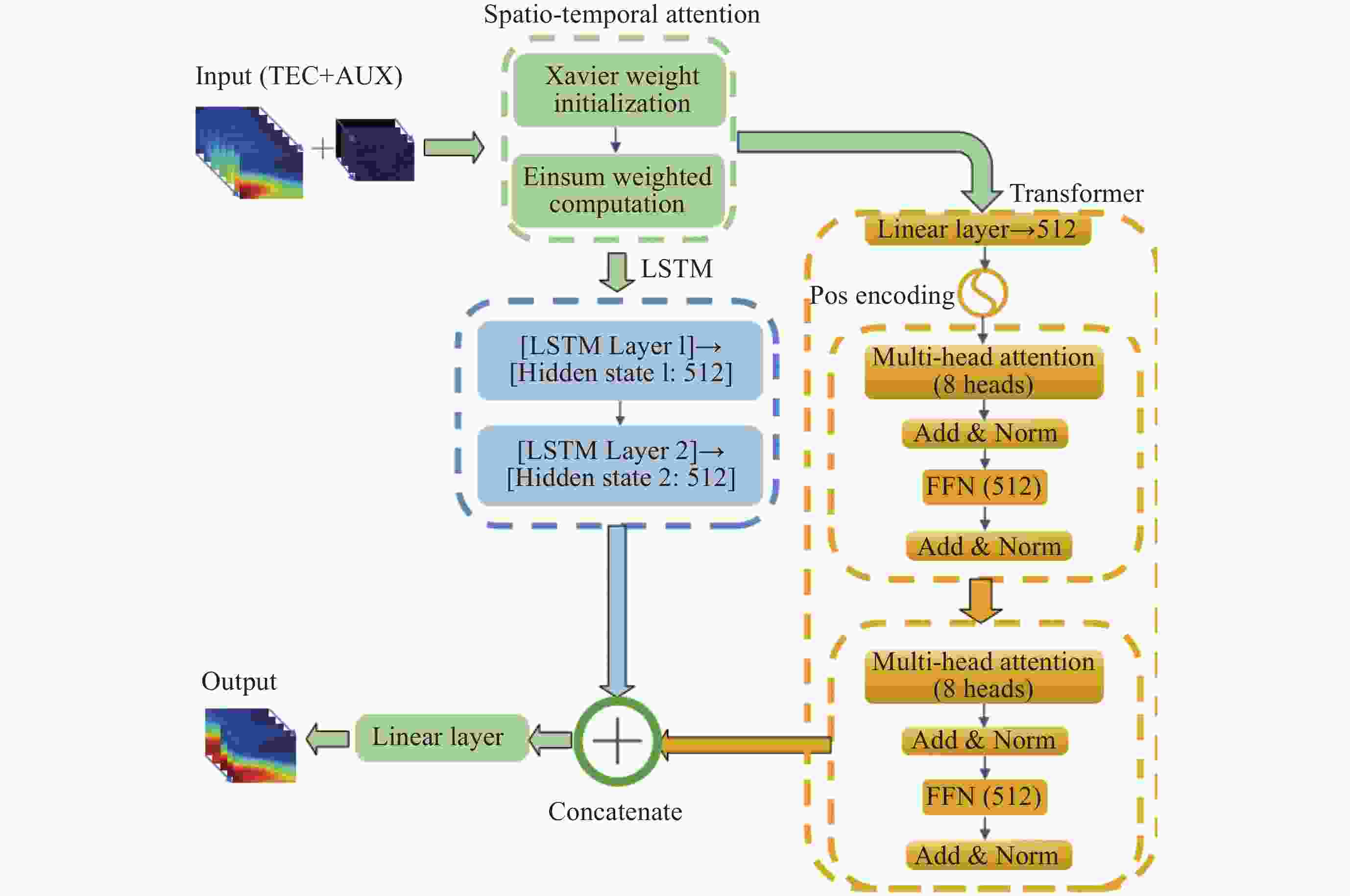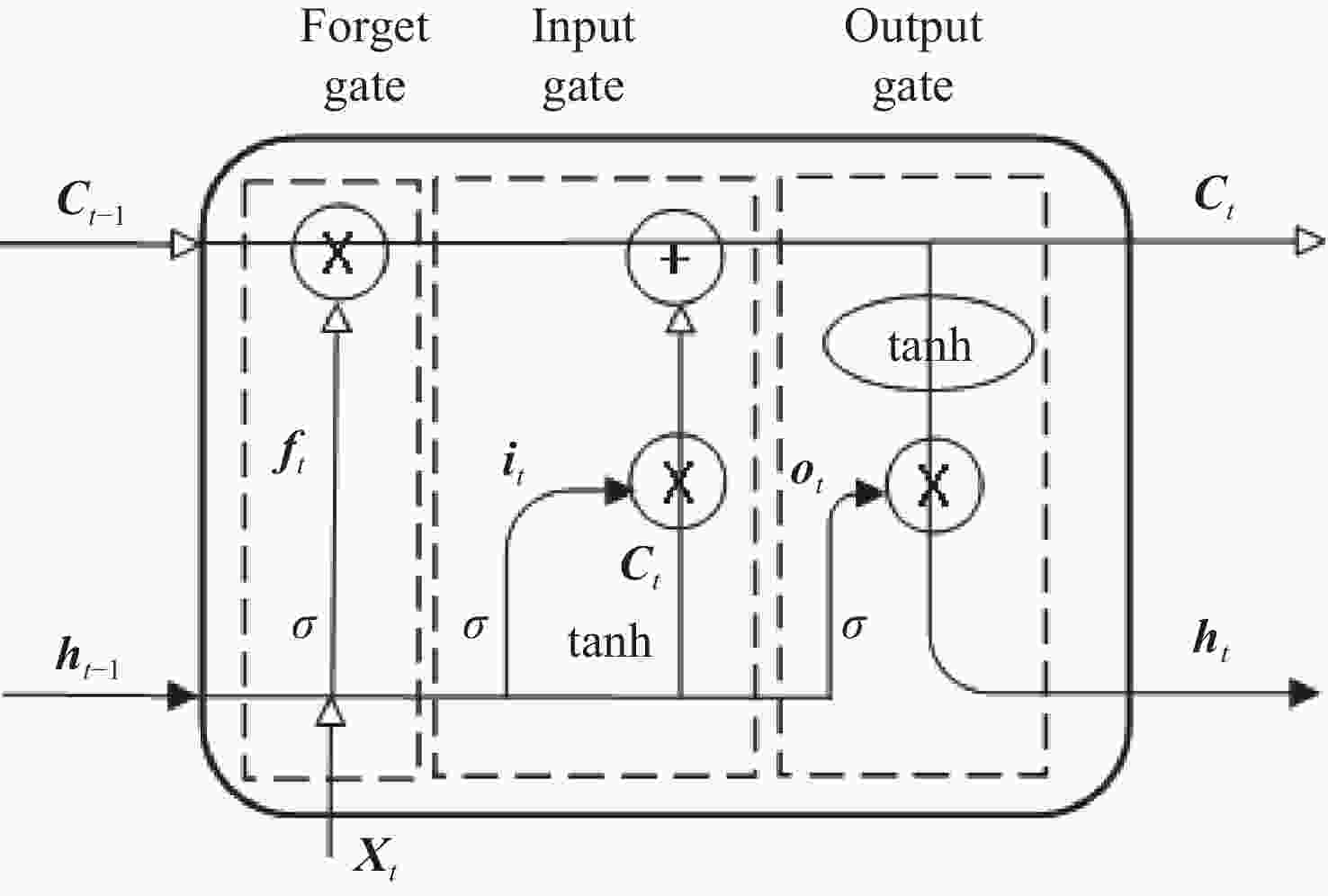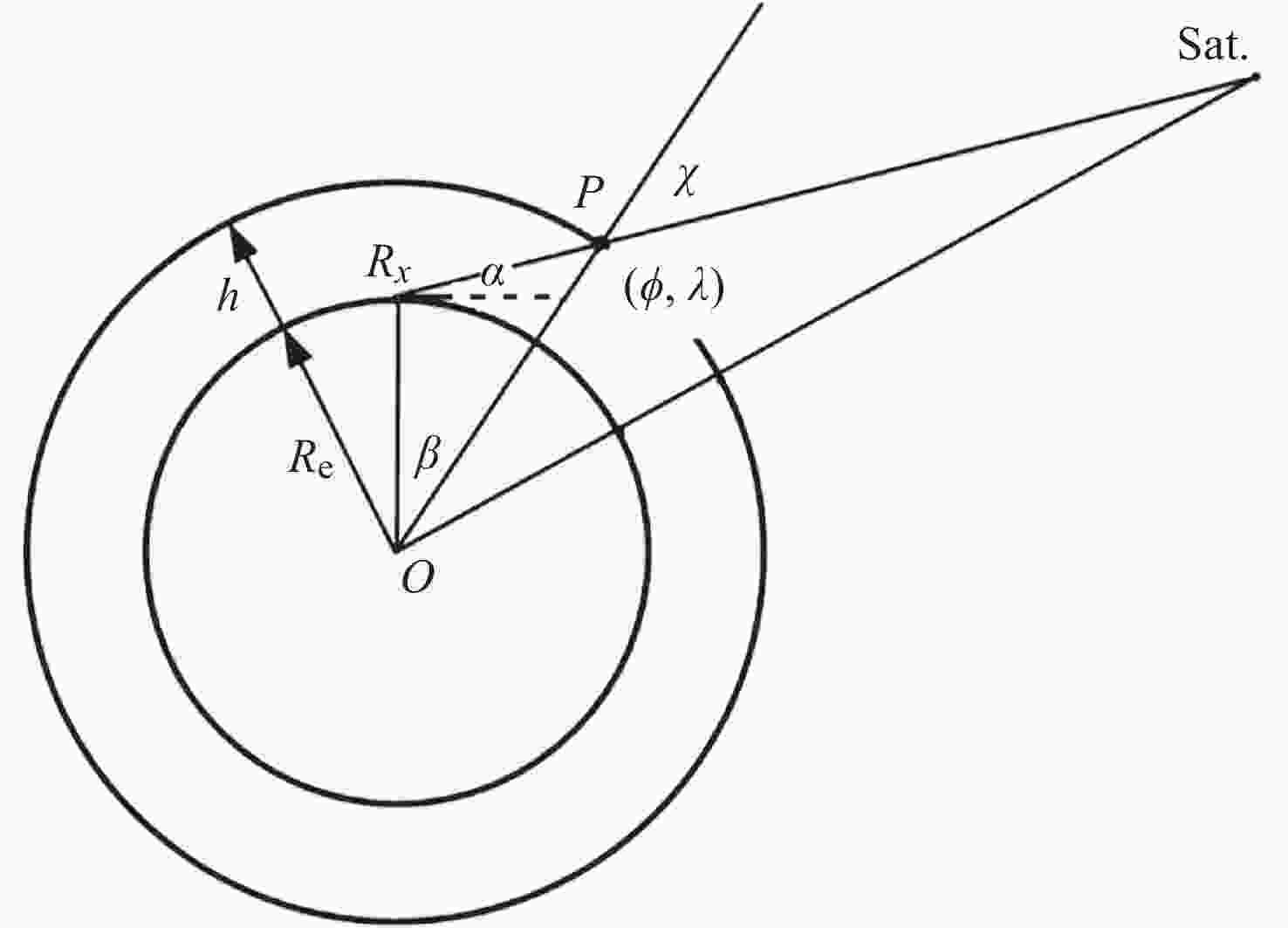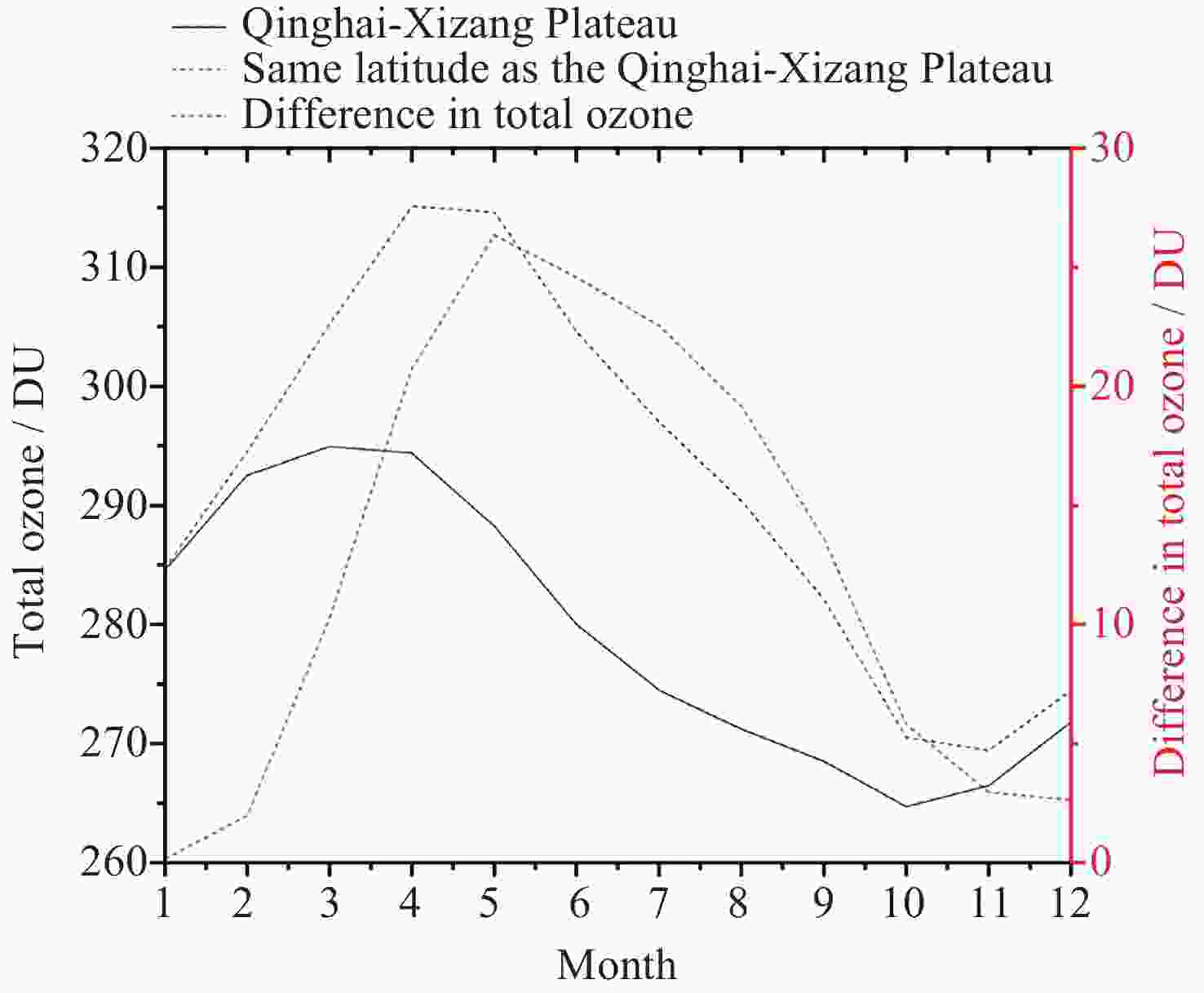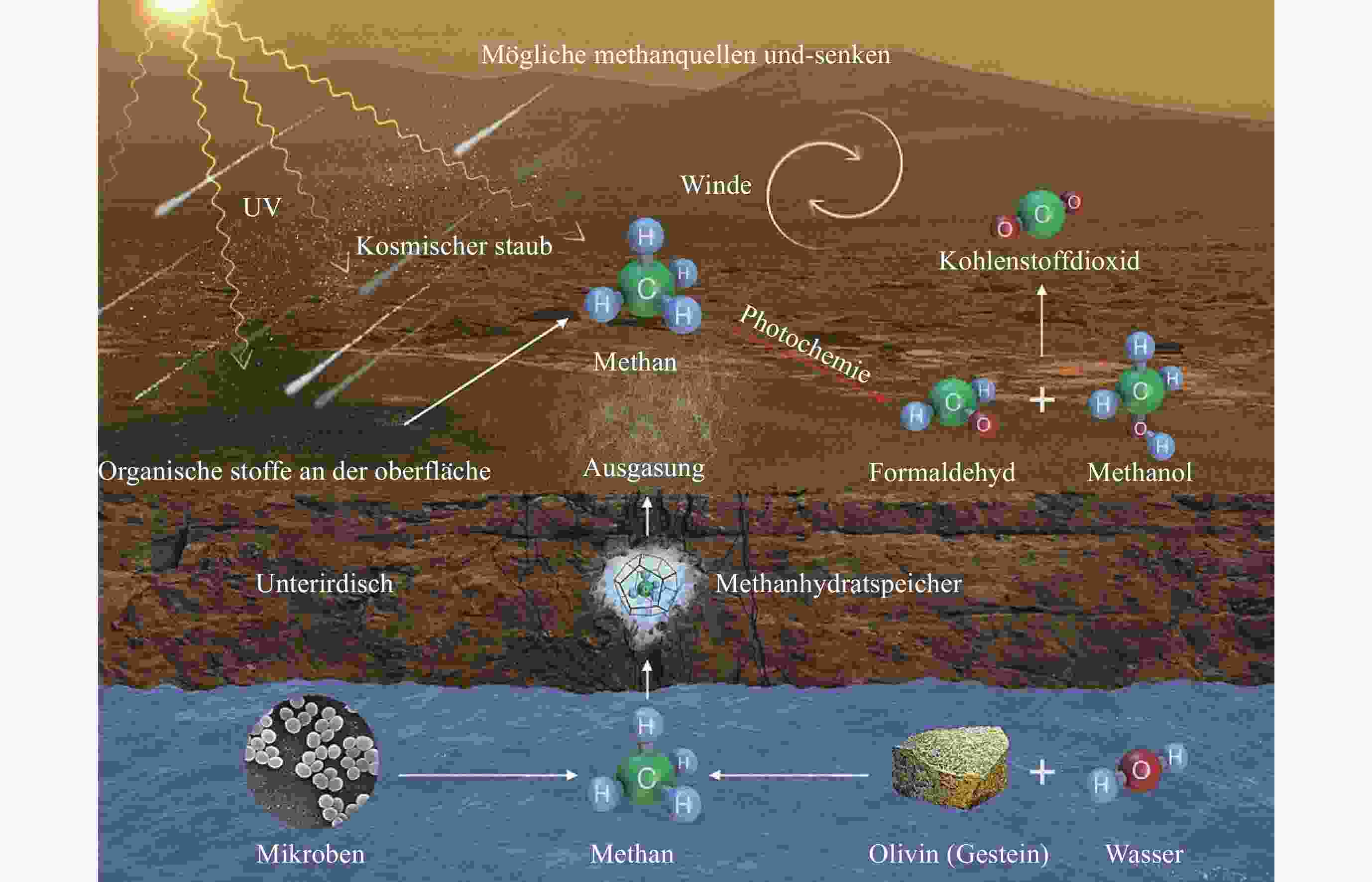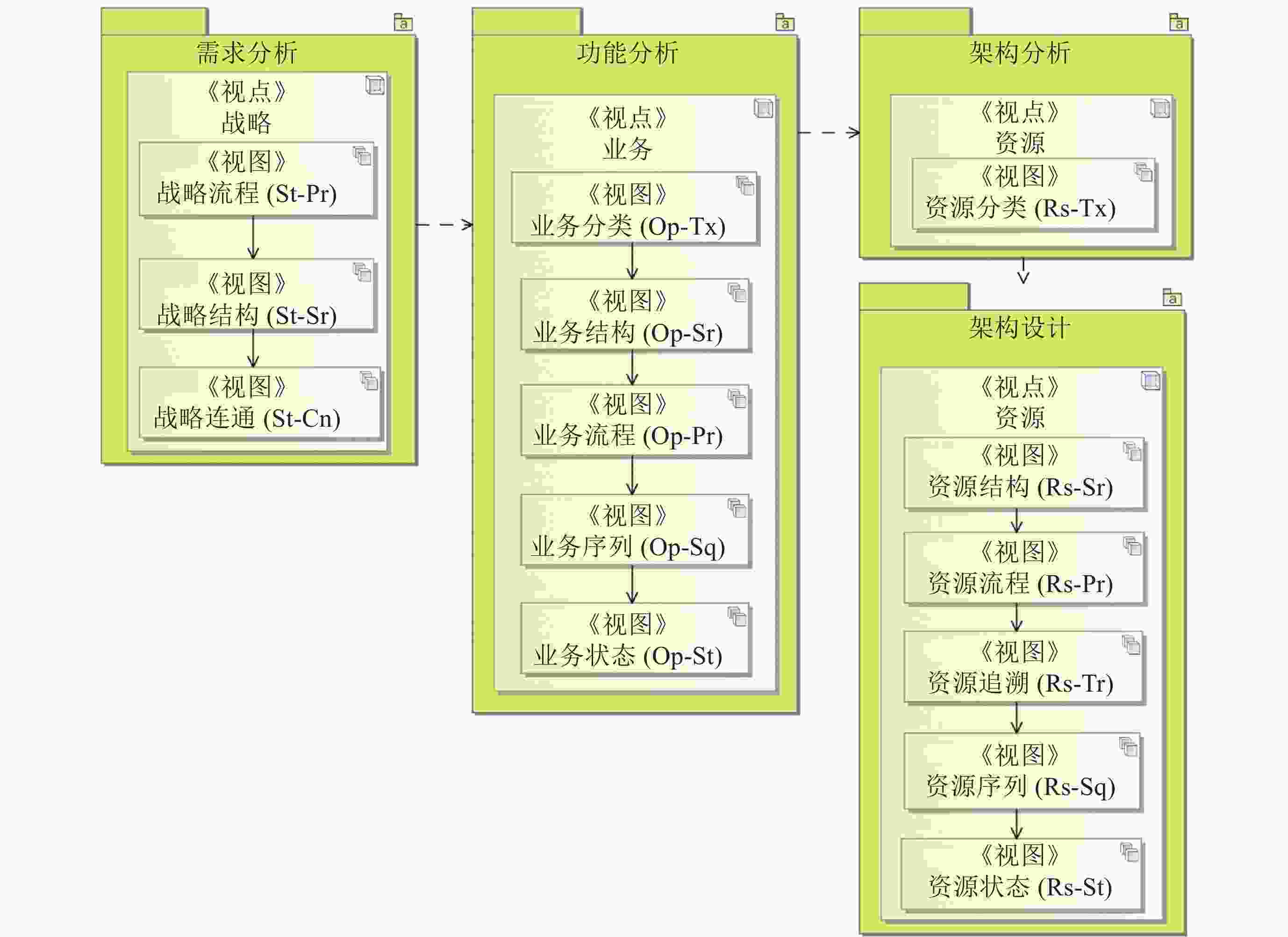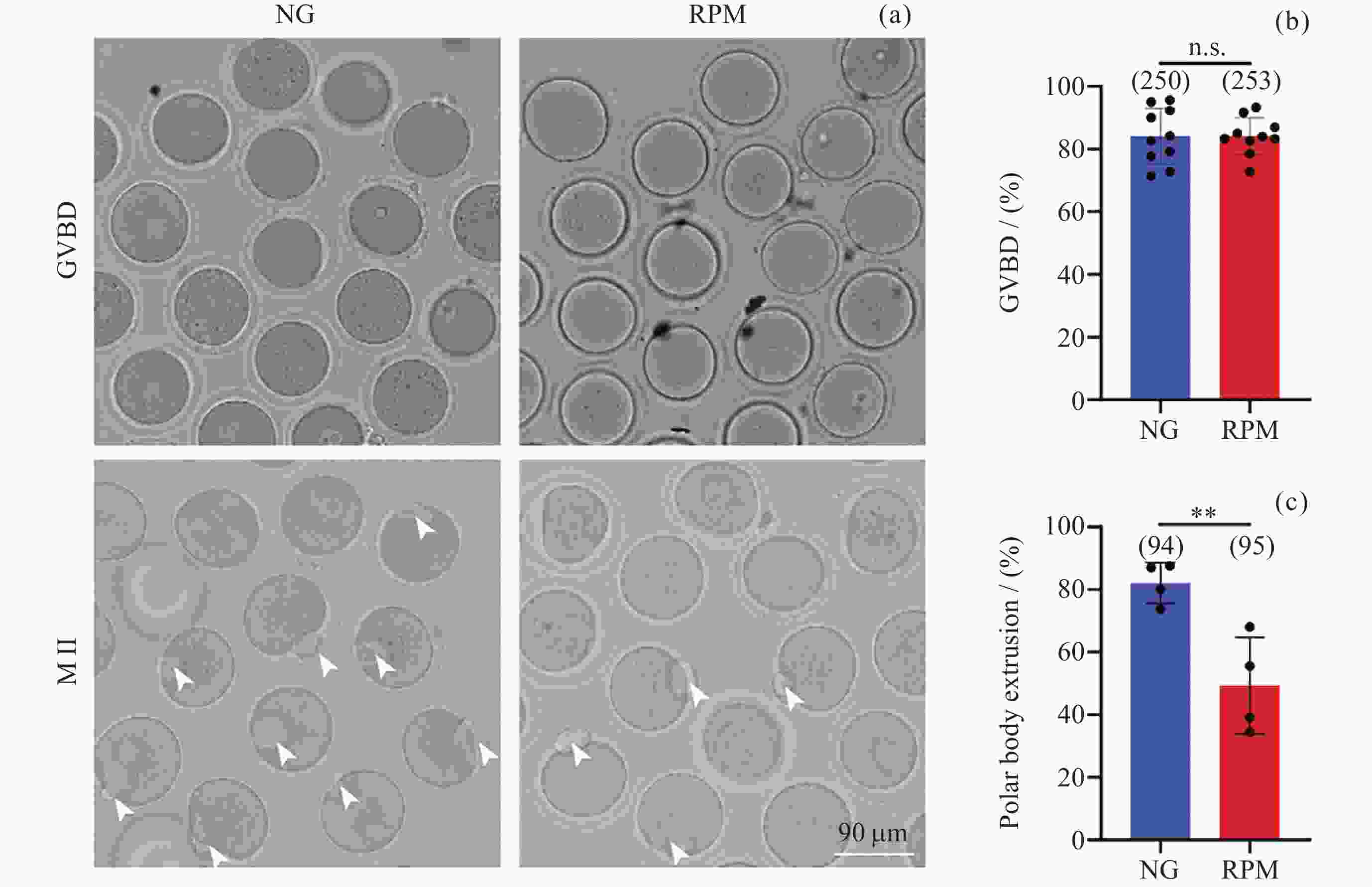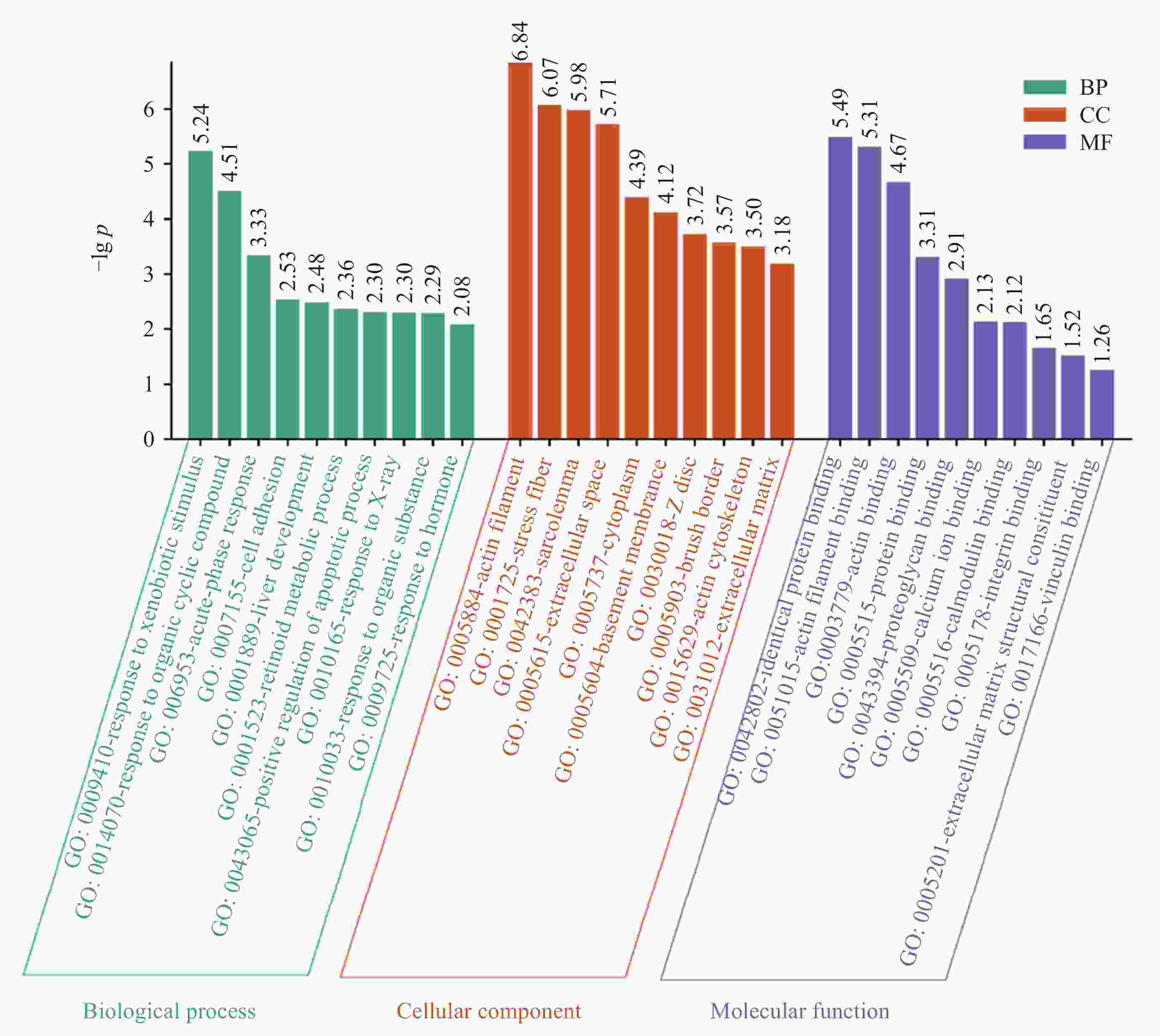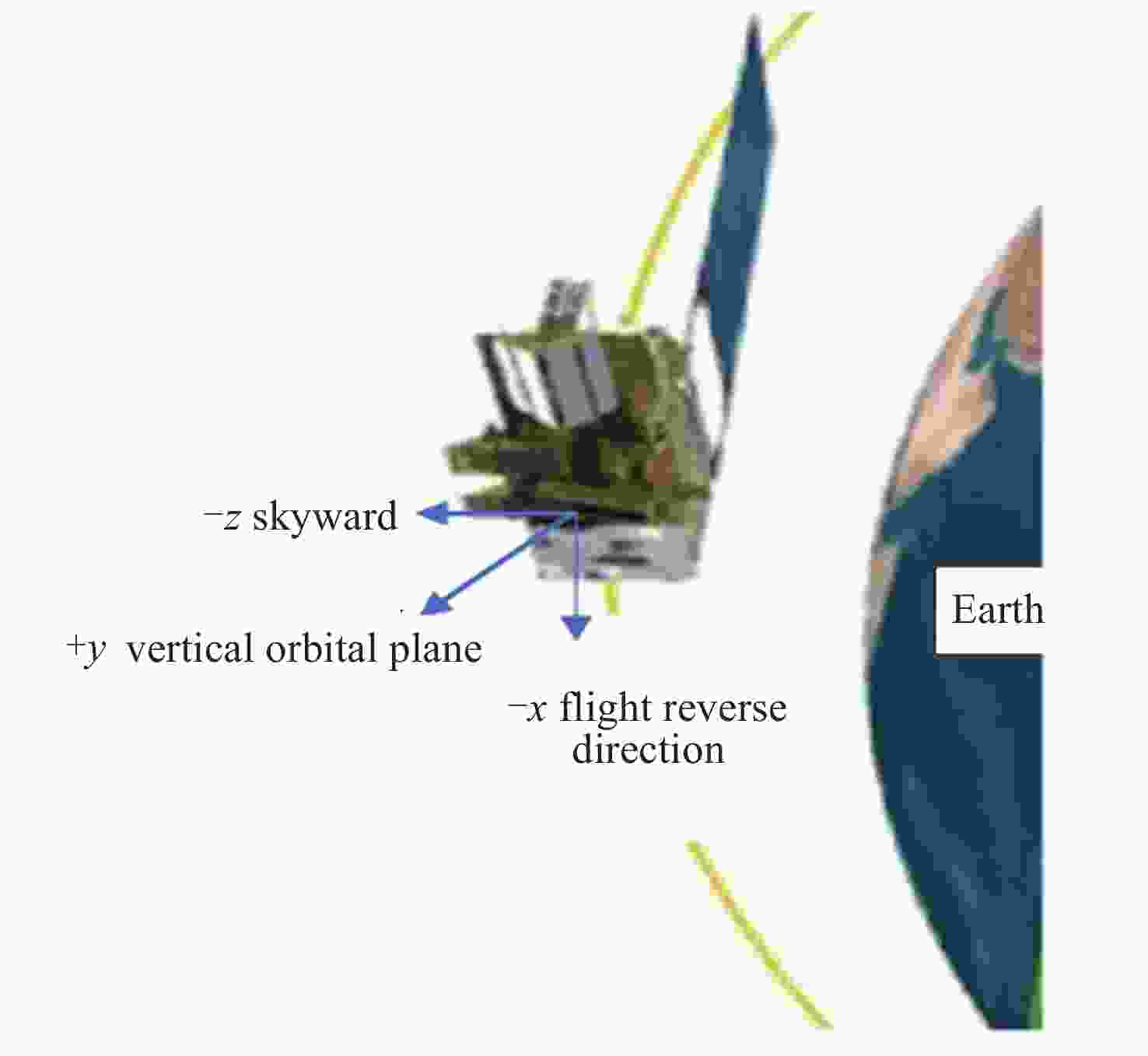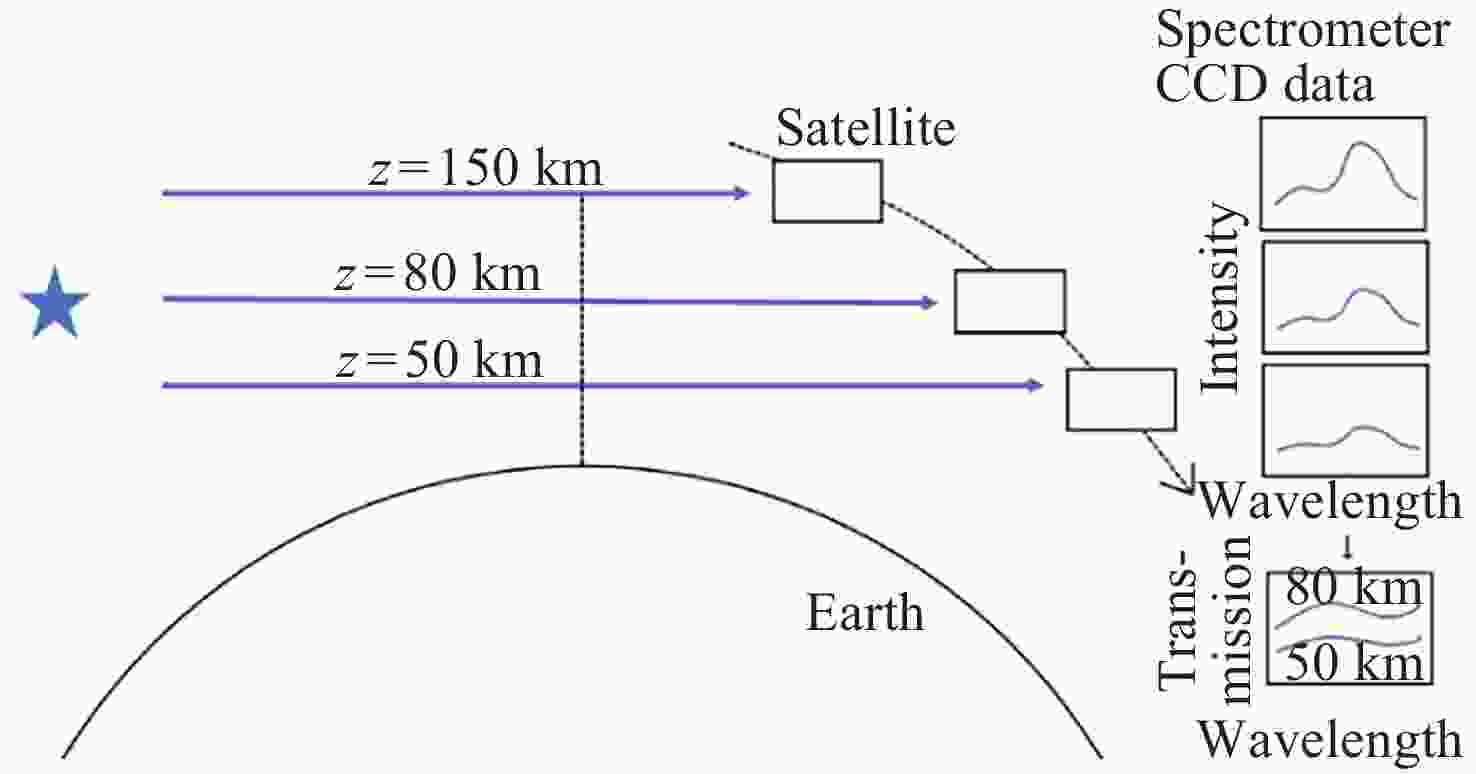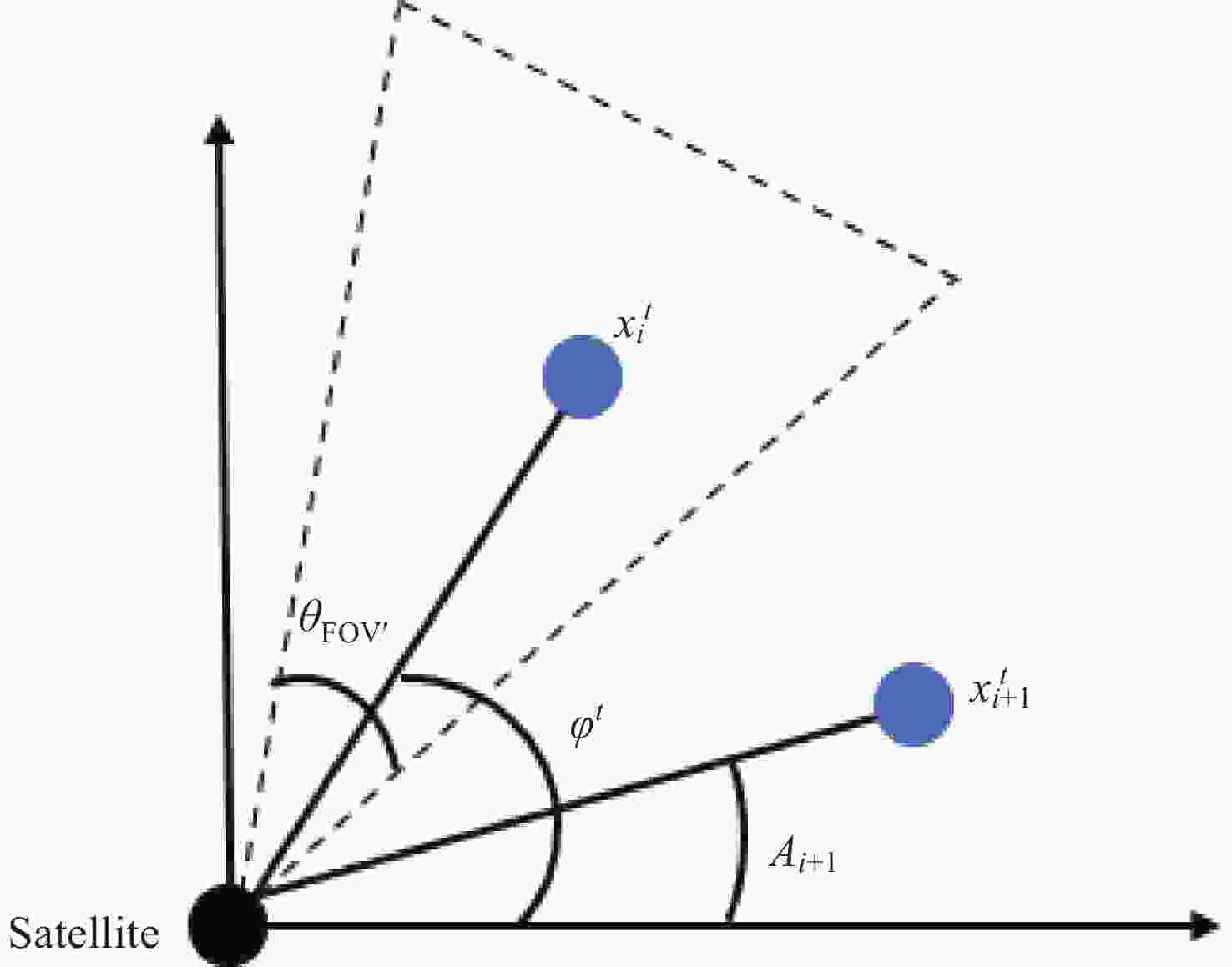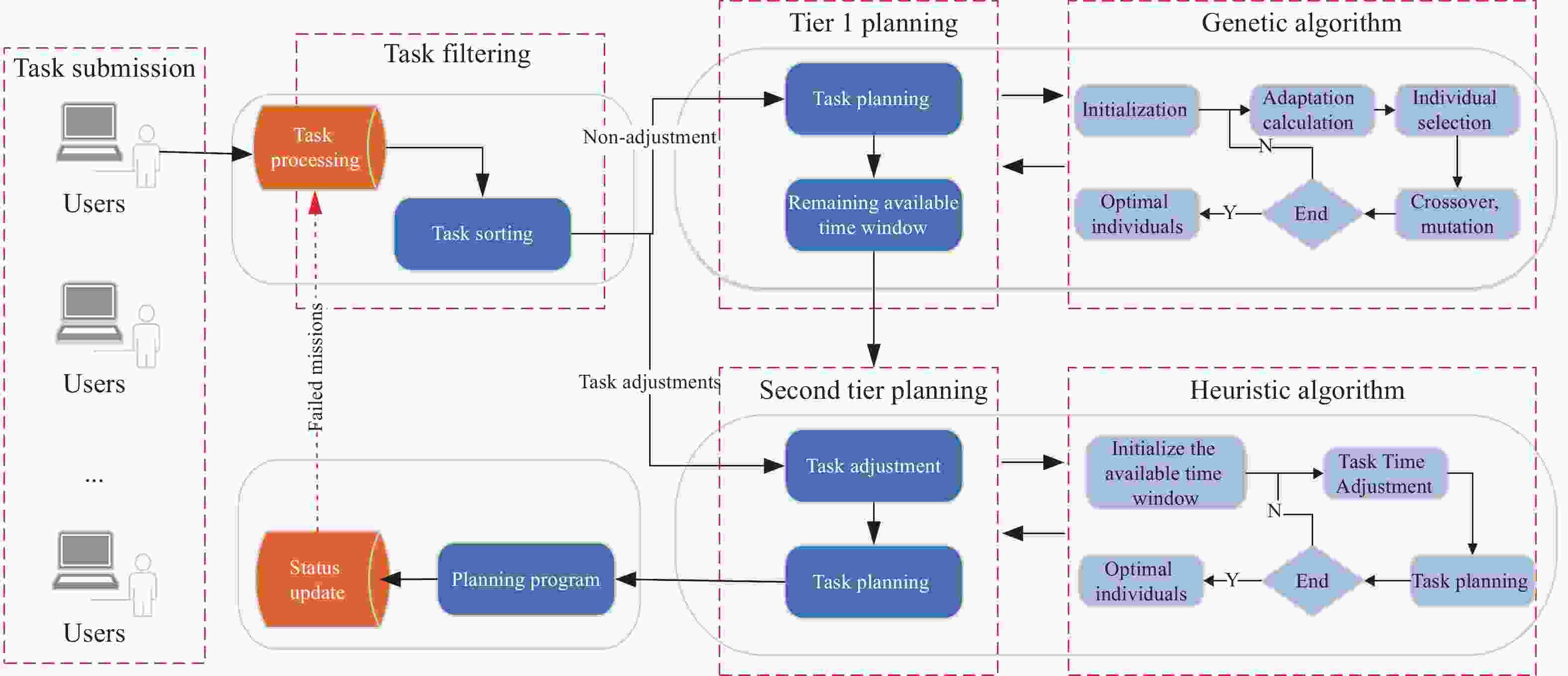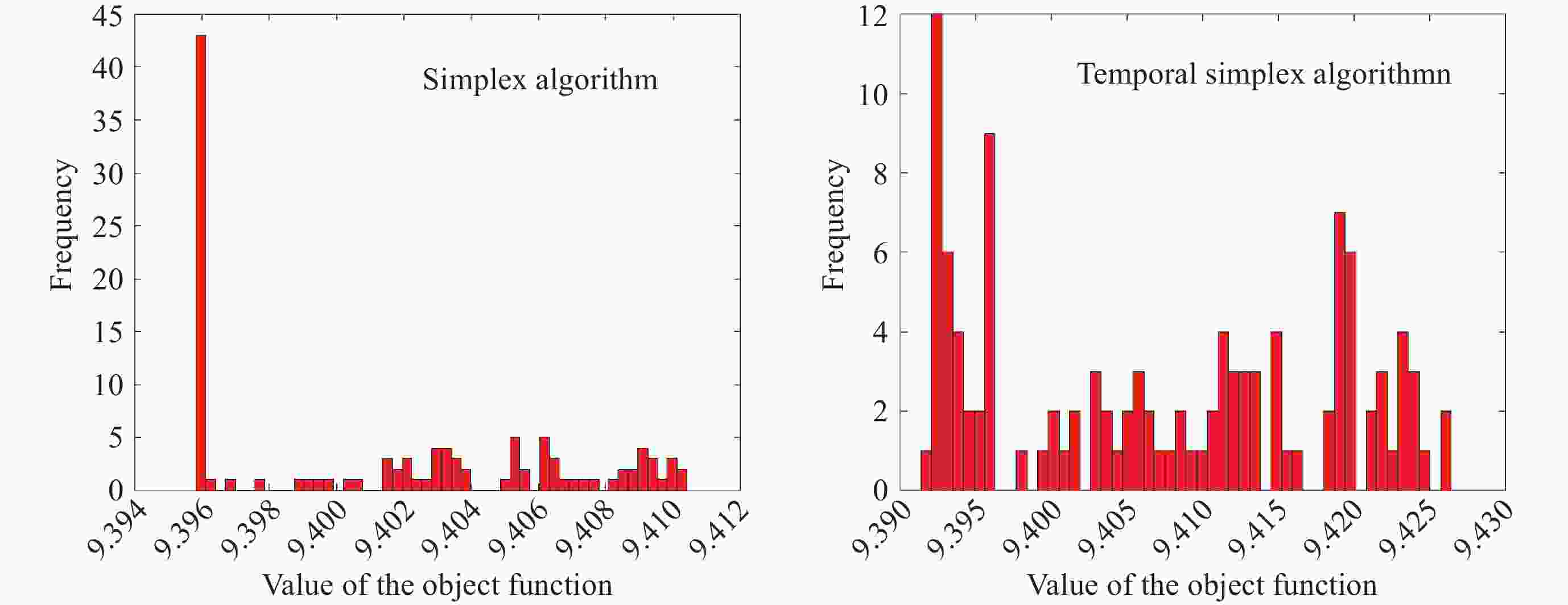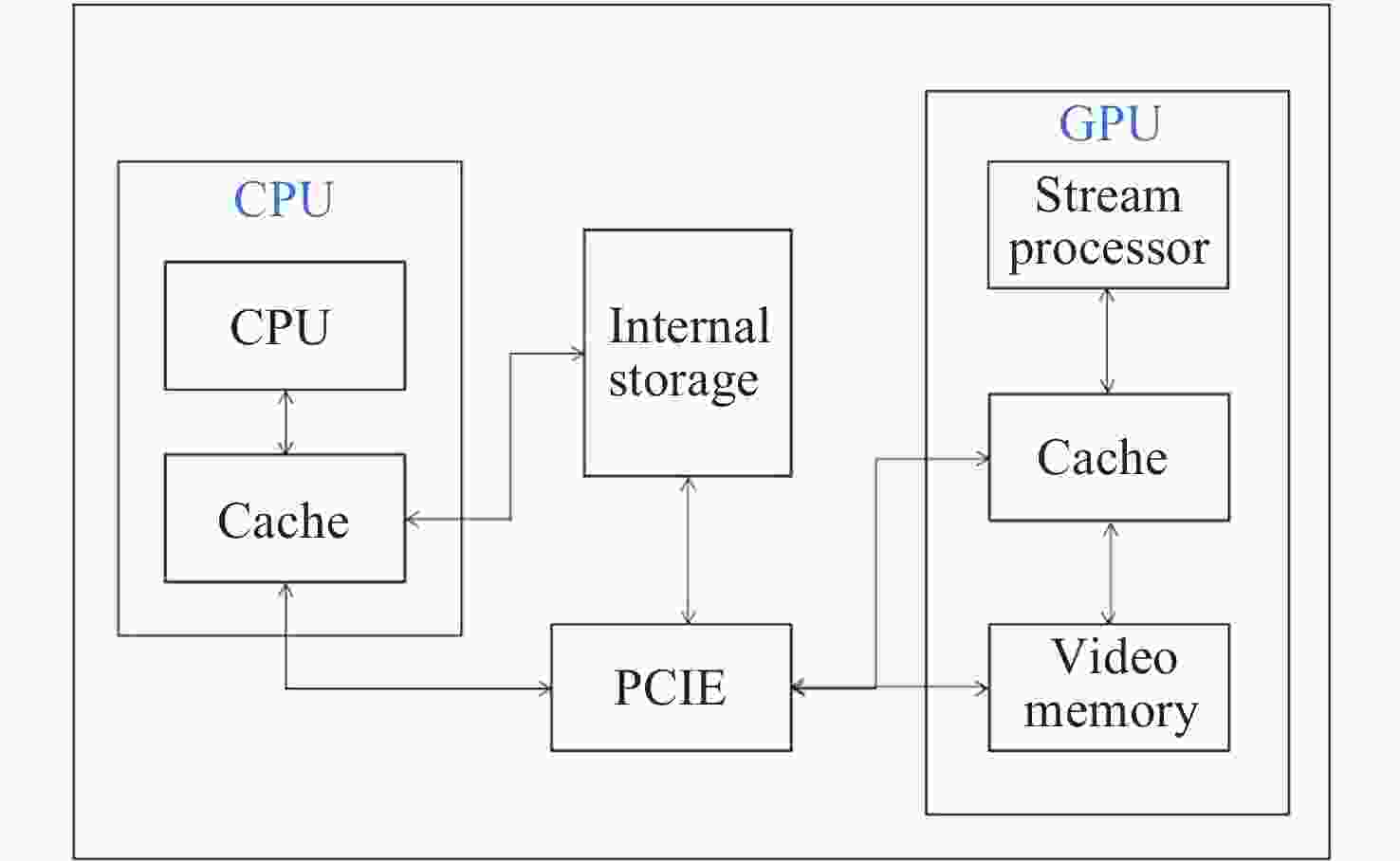Office system

Scan Wechat
Readers and readers can bind WeChat official account to experience new functions of mobile terminals
E-mail Alerts RSSCopyright Information
bimonthly Founded in 1981
Sponsor:CAS
Sponsored by:NSSC, CAS; CSSR
Publisher:Science Press
ISSN:ISSN 0254-6124
CN:CN 11-1783/V
Editor chief:WU Ji
Counselor:Gu YiDong
Deputy-chief-editor:
CAO Jinbin
FALANGA Maurizio (Switzerland)
FU Suiyan KANG Qi
LIN Baojun LIN Yangting
SHI Jiancheng YANG Huigen
YANG Zhen ZHANG Shuangnan
NoticeMore>>
Top DownloadMore>>
Top ViewMore>>
- Closeby Habitable Exoplanet Survey (CHES): an Astrometry Mission for Probing Nearby Habitable Planets
- Development and Prospect of Hyperspectral Imager and Its Application
- Recent Advances and Prospect in Space Physics
- History and Implications of Asteroid Exploration
- Characteristics of Moonquake and Its Comparison with Earthquakeormalsize
- Progress of China's Lunar Exploration (2011-2020)
Top High in fiveMore>>
- Development and Prospect of Hyperspectral Imager and Its Application
- Progress of China's Lunar Exploration (2011-2020)
- A Modulation Recognition Algorithm Based on Wavelet Transform Entropy and High-order Cumulant for Satellite Signal Modulation
- Development Trend of MBSE and Investigation of Concurrent Collaborative Demonstration for Chinese Lunar Exploration Program
- Orbit Performances Validation for CFOSAT Scatterometer
- Impact of Geomagnetic Storms on Ionosphere Variability and Precise Point Positioning Application in High Latitudes of the Northern Hemisphereormalsize
Download CenterMore>>
Contact Us
Address:North-Star Times Tower, No.8 Beichendong Road, Chaoyang District, Beijing, China
Postcode:100190
Telephone:010-62582788


